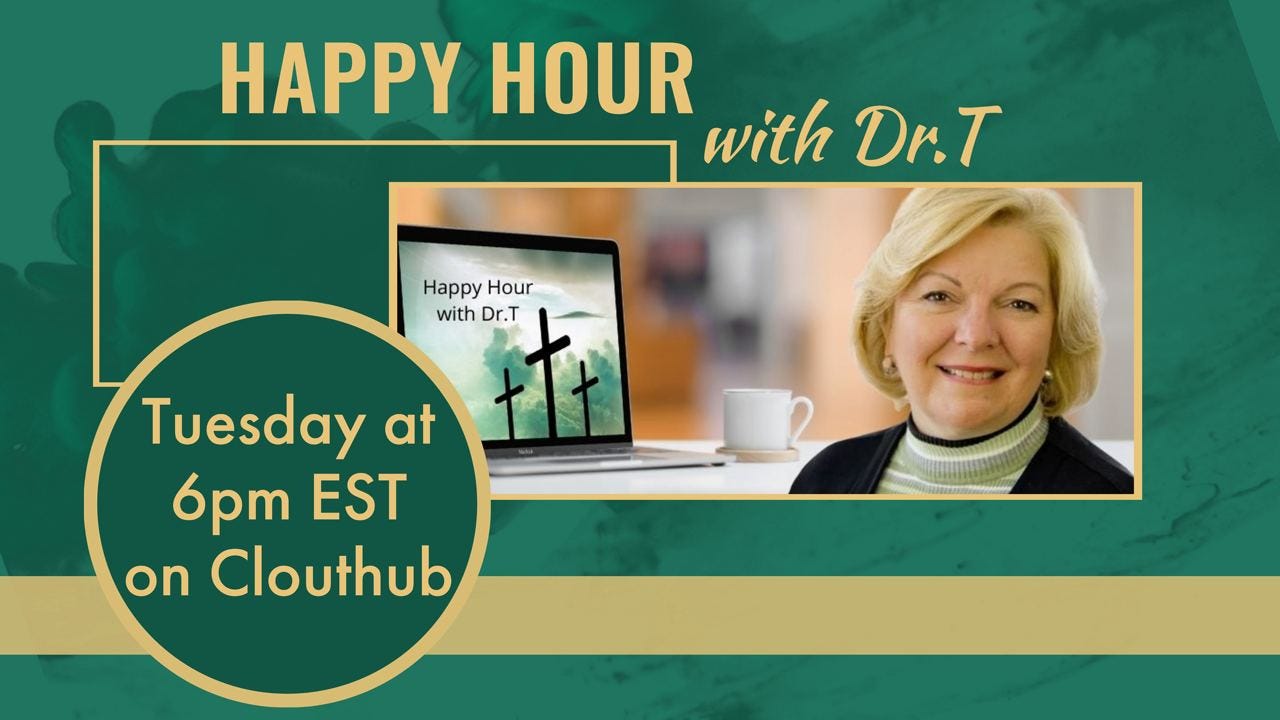Using quarantines as a disease-prevention tool began during the fourteenth century in an effort to protect coastal cities from plague epidemics. Ships arriving from infected ports were required to sit at anchor for 40 days before landing. Therefore, the practice of quarantine acquired its name from the Italian words quaranta giorni which literally means, ‘40 days.’
In 1944, with the passage of the Public Health Service Act (USPHSA), the federal government’s authority to quarantine was clearly established for the first time. In 1953, the Public Health Service became part of the Department of Health, Education, and Welfare (HEW), which later morphed into the Department of Health and Human Services (HHS). In 1967, the role of quarantine was later transferred to the National Communicable Disease Center now known as the CDC.
About the same time as the establishment of the USPHS, a list of communicable diseases that could be corralled using quarantines was declared in 1946 through Executive Order (E.O.) 9708, issued by President Truman. Periodically updated over the last 50 years, infections that have been explicitly listed since 1983 are cholera, diphtheria, infectious tuberculosis, plague (typhoid), smallpox, yellow fever, and viral hemorrhagic fevers (such as Lassa, Marburg, and Ebola).
On April 4, 2003, President Bush added SARS to the list of communicable diseases that could be quarantined through Executive Order 13295. SARS is described as “a disease associated with fever and signs and symptoms of pneumonia or other respiratory illness. It is transmitted from person to person predominantly by the aerosolized droplets and if spread in the population, would have severe public health consequences.” At the urging of the CDC, this description was kept intentionally vague. The language opens the potential for detaining mild to moderately ill persons completely against their will.
EO 13285 has been amended several more times since SARS was added. On April 1, 2005, EO 13375 added certain Influenza Viruses (that can cause a pandemic) to the list, and on September 17, 2021, Executive Order 13674 was revised to add measles to the list of quarantinable diseases.
Title 42 of the Public Health Service Act has many subsections. The regulations contained in Chapter 6A, Section G, called, “Quarantine and Inspection,” give the public health service full responsibility for preventing the transmission of communicable diseases. Prior to 2002, the steps were clearly defined: On the recommendation of a consensus of the National Advisory Health Committee and in agreement with the US Surgeon General, the president would be notified of a disease thought to cause significant risk to the general population. The name of that disease would be added to the list of risky communicable diseases by an Executive Order. However, this chain of command was changed with the passage of the “Public Health Security and Bioterrorism Preparedness and Response Act of 2002,” also referred to as “The Bioterrorism Act.”
Section 142 of the Bioterrorism Act was rewritten to “streamline and clarify” previously established provisions regarding quarantine. The rules went from needing the consensus of a National Health Committee to decide whether a disease warrants quarantine to only needing the opinions of two people in government: the Secretary of HHS and the US Surgeon General.
In the original provisions, the Surgeon General made the decisions in consultation with the president and the Secretary of HHS. With the passage of the Bioterrorism Act, decisions can now be made by the Secretary of HHS “in consultation with the Surgeon General.” This is an important distinction. The Surgeon General is a medical doctor; the Secretary of HHS is a politician. Notably, both officials are appointees and completely removed from accountability to the general public. Quite frankly, they have enormous power over the citizens of this country.
Pre-illness?
One of the most unnerving changes in The Bioterrorism Act of 2002 is the new definition of who can be detained. Previously, only those “reasonably thought to be infected” could be quarantined. In the revised Act, Section 142(b)(2)(B) was changed. Persons thought to be in a “pre-communicable state” can now be mandatorily confined, meaning the disease “would be likely to cause a public health emergency if transmitted to other individuals.”
The combined effect of the Bioterrorism Act of 2002 and E.O. 13295 is that the Secretary of HHS can issue a directive for a person to be quarantined under the “suspicion” of exposure or the “possibility” that he may become sick. A cough, a sneeze, or a fever could put a person at risk of being quarantined without recourse and for an extended period of time. Penalties for violating the quarantine law “without permission of the quarantine officer in charge” can be a fine of up to $1,000 or imprisonment for up to one year or both.
This is akin to quarantining a person who coughs or sneezes because they are “pre-sick” because they 'just might infect others. Hmm. What if they only have allergies?
That’s a lot of power. Can you see where the groundwork for lockdowns, social distancing, and implementation of fear-based behaviors, such as forced use of worthless masks started twenty years ago?
All of these laws and Executive Orders have taken power away from elected officials, who are accountable to We the People, and have given massive authority to an unelected, appointed political figure: the Secretary of HHS. I wrote about this in a previous substack. but it bears repeating.
The current head of HHS: Xavier Beccera.
Going into a pandemic, did Beccera have decades of medical or even public health experience? Not at all.
He was born in Sacramento and grew up in Tijuana, Mexico. Majoring in economics at Stanford, he became a lawyer and went into politics. In 1990, he was elected to his first term in Congress and throughout his 24-year career in the House, Becerra won every race by overwhelming majorities. He became one of the most influential Democrats in the House.
In 2017 he resigned from the House to accept the job as the attorney general of California. In December 2020, Becerra accepted President-elect Biden’s appointment to serve as Secretary of Health and Human Services (SecHHS). Becerra's appointment was confirmed by the U.S. Senate on March 18, 2021.
WATCH CAREFULLY. who is appointed to be Sec. of HHS in the future administrations. That person will be making decisions about mandatory countermeasures and have significant power over our lives.
Division E Amendment, Revisited
If you’ll recall, Division E, is the nefarious 42-page document tacked on to the end of a Defense Appropriations bill in December 2005. It is the foundation for the PREP Act, the Public Readiness and Preparedness Act. Buried deep within this document is an ominous forewarning to Americans that mandatory vaccination could indeed be ordered by the Secretary of HHS and his/her decisions would override state exemption laws.
Division-E states in Section (b)(1):
If the Secretary makes a determination that a “disease, health condition or threat” constitutes a public health emergency, the Secretary may make a declaration and then recommend “the manufacture, testing, development, administration, or use of one or more covered counter measures.”
A covered countermeasure, defined in Section (e)(h)(i)(1) that a countermeasure can be a “pandemic product, vaccine or drug.”
Section (b)(7) titled, “Judicial Review,” states that “no federal or state court will have jurisdiction to review any action taken by the Secretary.” His ruling will preempt any and all state laws that are different from or in conflict with the declaration.”
This distinct lack of checks and balances undeniably puts the public at risk and is indeed frightening. An appointed politician has been handed the power to order mandatory vaccination for everyone.
Near the end of the Division-E amendment, participants are assured that the plan “to administer or use a covered countermeasure” will include education with respect to contraindications and it mentions briefly that the program is “voluntary.” The idea of “voluntary participation” was obviously left out of the Covid-19 shot rollout, when many were coerced into being injected with an experimental product to keep a job or a lifetime career.
This quote by U.S. Representative Ron Paul (R-TX), way back in 2005, says it all: “When we give the government the power to make medical decisions for us, we, in essence, accept that the state owns our bodies.”
Mandated at a high level
The first real trial balloon from WHO was the Bird flu pandemic of 2005. That’s why I’m writing about an event that happened 18 years ago. The historical context is important - and sheds light on where we are today, particularly the WHO International Treaty that is looming over the world.
At a global meeting held at the WHO in November 2005, the Director General of the WHO, Lee Jong-wook, was quoted as saying,
“It is only a matter of time before an avian flu virus—most likely H5N1— acquires the ability to be transmitted from human to human, sparking the outbreak of human pandemic influenza. We don’t know when this will happen. But we do know that it will happen.” (Original document no longer available online).
That’s a really strong statement. Without sounding overly suspicious, stating emphatically that it “will happen” sounds like they knew something we didn’t know, and the outcome had been predetermined.
This sounds uncannily similar to what Fauci said in January 2017 that there is “no doubt” Donald J. Trump will be confronted with a surprise infectious disease outbreak during his presidency.
First published in 1999, the WHO Global Pandemic Planning document demonstrates that preparedness meetings have been ongoing for a long time, long before the SARS (2002) and the Bird flu (2005) outbreaks, and now Covid-19, hit the world stage. It appears that the U.S. Congress and President Bush may not have been operating independently in their urgency to protect the pharmaceutical industry and shuffle massive amounts of tax dollars into their already overflowing financial coffers.
In the next version of the WHO global planning document, released early in 2005, contained step-by-step guidelines for how human infections would be handled at the international level when the pandemic arrived. The plan gives detailed instructions, including objectives and action items, to be followed at the national, international, and global levels. An examination of this 6-part plan makes it clear that the “game plan” from the WHO was being followed precisely by our government and was the prototype for the Covid-19 Pandemic Rollout.
Here’s the outline - and some important subpoints: (emphasis is mine)
Phase 1: Interpandemic period - situation monitoring and assessment
Ensure national guidance is in place with surge-capacity contingency plans for all essential workers.
Phase 2: Interpandemic period - prevention and containment
Verify the availability and distribution of personal protective equipment, antivirals, and vaccines for healthcare workers. Assess the health system's capacity to detect and contain outbreaks in hospital settings. Communicate information back to WHO for rapid coordination of status and update messaging.
Phase 3: Pandemic response - activate national contingency plans
Brief all national authorities and relevant government officials at the national and local levels on the use of emergency powers.
Advocate that international organizations, associations, and transportation companies develop and prepare to implement standard measures for travelers on board international conveyances. [masks, distancing, shots]
Assess the use of emergency methods to increase the supply of investigational new drugs (Remdesivir, Paxlovid, PCR testing, EUA-authorized bioweapon shots).
Resolve liability and other legal issues linked to the use of pandemic vaccines for mass emergency vaccination campaigns (if not done yet.)
Phase 4: Implement preparedness countermeasures, including vaccines
Work with [media] partners to ensure consistent messages are delivered to all stakeholders. Review and [continually] update information for news media, the general public, health workers, and policymakers. Keep contact lists up to date. Reinforce and intensify key messages on all aspects of the outbreak and the response.
Consider deploying prototype pandemic vaccines.
Use antivirals [TAMIFLU] for early treatment of cases, and consider antiviral prophylaxis for close contacts of cases based on risk assessment and severity of illness in humans.
Phase 5: Pandemic in full force
Adjust forecasts of the likely impact of both infection spread and control measures.
Implement corpse-management procedures.
Support preparations for large-scale pandemic vaccine production and licensing, and prepare for deployment as supplies become available.
If the pandemic vaccine has already been developed, activate emergency procedures for rapid licensing [EUA} and use of pandemic vaccines (all countries).
If [protection] agreements are in place with the manufacturer(s), consider recommending cessation of seasonal vaccine production and initiation of full-scale pandemic vaccine production.'
Phase 6 - Coordinate results of public impact
Assess and publicize the current and cumulative national impact. Consider applying emergency powers. Address psychological impact.
Acknowledge [thank] all stakeholders for their participation.
Identify the most effective surveillance and control measures for subsequent pandemic waves. Report current status through appropriate international mechanisms. Review lessons learned.
Same Playbook; Tighter Controls
At the beginning of the Covid pandemic, I wrote an article called, “How Soon We Forget: Same Playbook, Different Virus.”
Looking back at what has transpired since the beginning of 2020, it’s quite obvious that what is happening now is Same Playbook, Same Deadly plan. Can you see where the International Treaty would give them even more power?
What about enforcement? I wrote this in 2005:
For example, a “Vaccine ID card” could be required for travel or to do business, and only those with a “government authorized vaccine ID” would be allowed to move about the country—or the world. Human microchips have been under development for quite some time. The FDA approved an implantable, rice-grain-sized microchip for use in humans in October 2004. The subcutaneously injected RFID chip, made by a company called VeriChip, has gained wide use.
In fact, VeriChip was originally intended to function in the same way as a medical alert bracelet, alerting family and medical professionals when a medical emergency has occurred. Fast forward to 2022: Verichip and other chip companies are being used for surveillance and automated data collection.
Various versions of this quote are around: "Those that fail to learn from history, are doomed to repeat it."
If documents written nearly twenty years ago could have been written today, when will we learn? Or will we “get the government we deserve”?









Thank you so much for this detailed history and for showing us how deeply evil and diabolical our government has been in the past. I’m sure some of those that were on committees drafting all these amendments thought it was all for the greater good, but to me it feels like evil. I’m thankful we live in huge country where there are more of us then there are them. I never locked down or stayed home and continued to go to work everyday. I took my vitamins, and washed my hands more and still do. Never got Covid or the flu. I’ve actually been healthier than I have been in years thanks to your sharing your supplements and wisdom. God Bless You Dr. Tenpenny. 🙏🏼💕💖
Dr. T, thank you so much for sharing this. This scamdemic has given me the greatest opportunity to wake up. I have known you since “The Truth about...” series. I didn’t know that the deception was that deep. Thank you again for letting me learn every day!